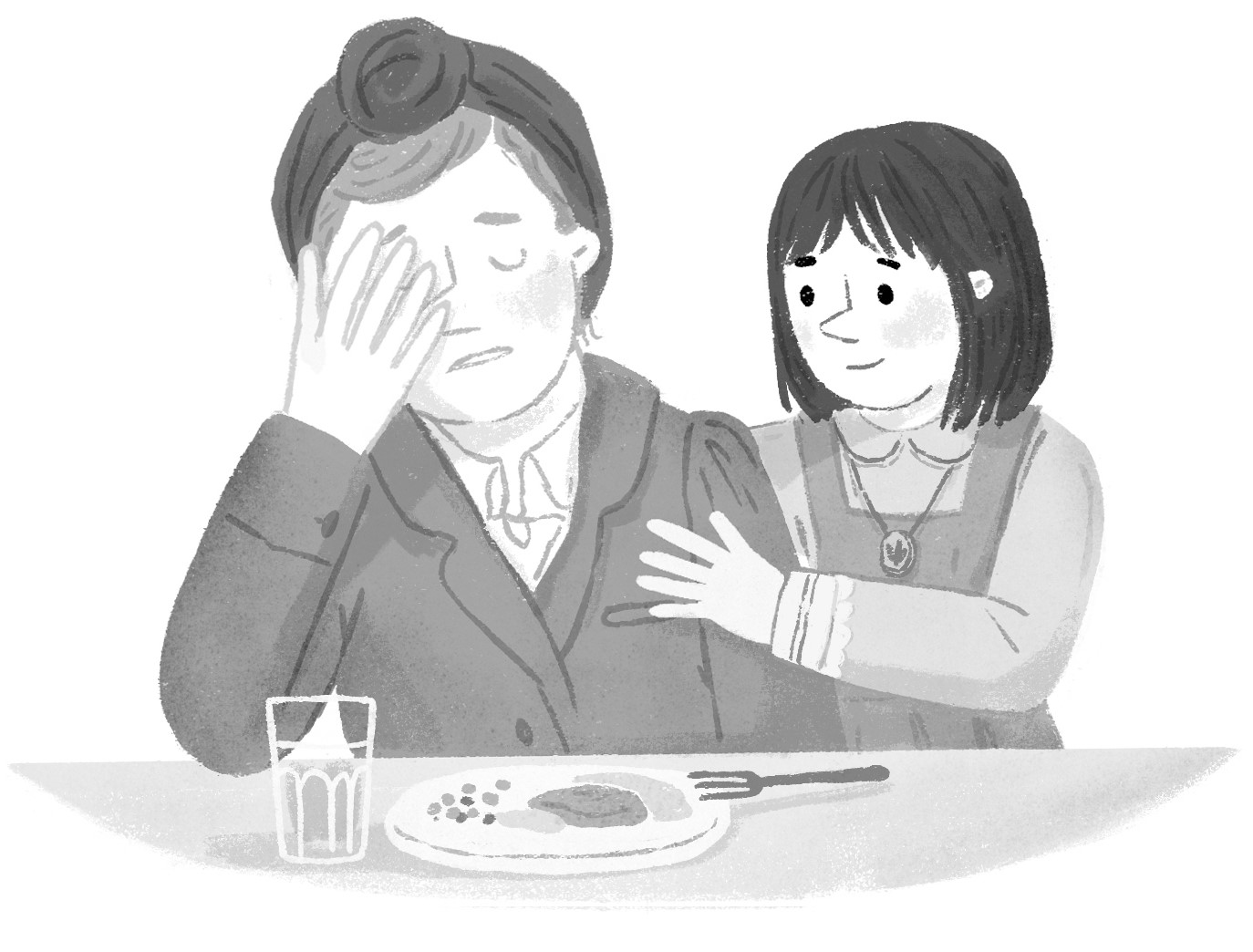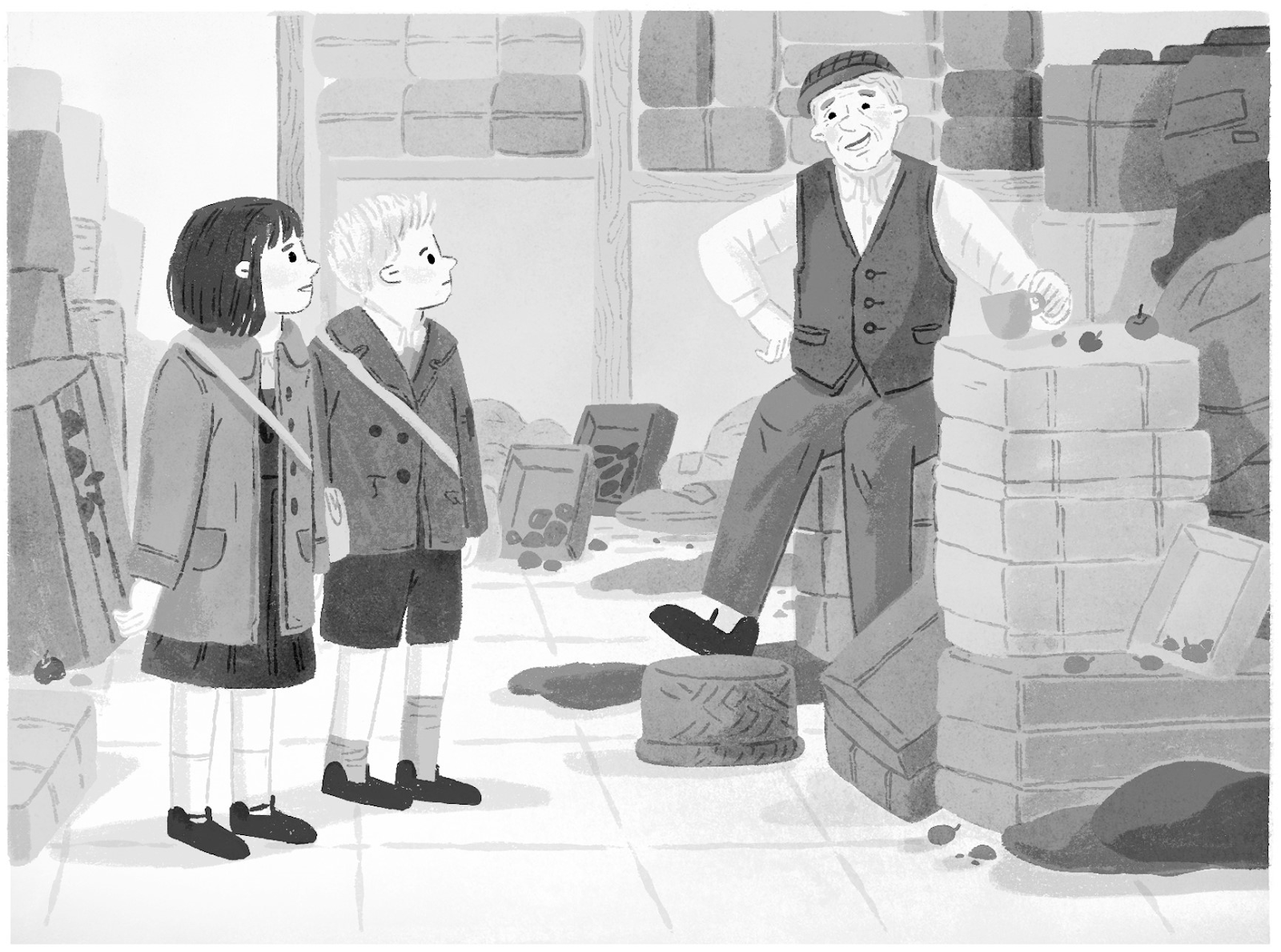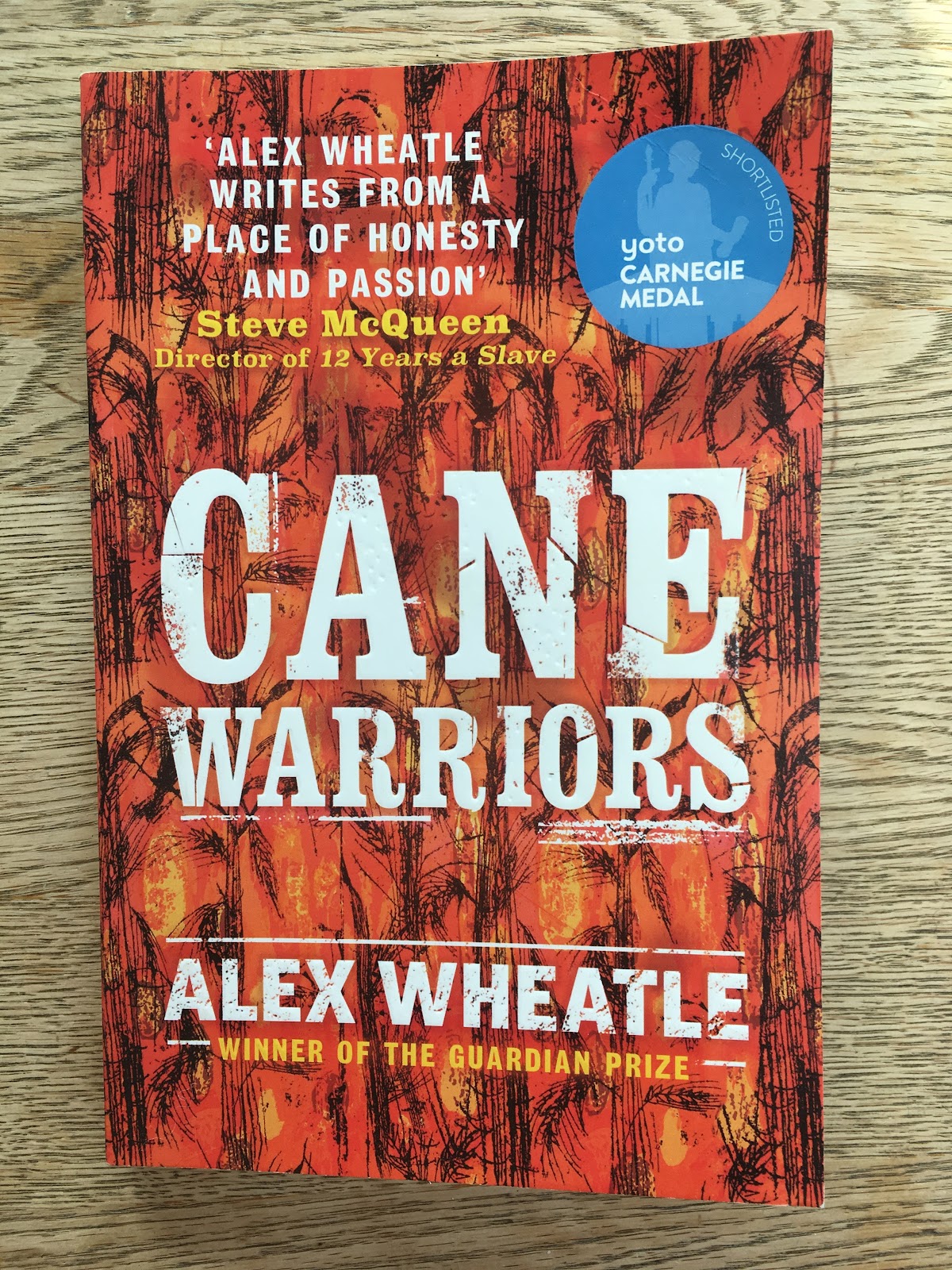Although Fablehouse is a book for 8 to 13-year-olds in the genre of magical adventure, with elements of Arthurian myth and legend, much of the story is based on a real place and a real period of social history that we haven't, traditionally, been told much about. One of my favourite things to do, creatively, is to incorporate history into the fiction I write.
Jasmine Richards (Storymix, who created the idea of Fablehouse) knew of my background when she considered me for the project. I grew up in care from the ages of 16 months until seventeen years old. I felt I had a lot in common with these children, even though I was born years later. For me, the most important aspects of a story are the characters and an emotional truth. I imagined that these brown babies would have grown up with a lack of identity, not knowing their fathers, and many probably experienced racism too. These were all aspects that I could identify with. These children had the stigma of being born illegitimate, as well as being mixed-race.
In 1941, the USA joined the Second World War because the Japanese bombed Pearl Harbor. American GIs came over to Britain to help out, and between 1942 and 1946, millions of GIs passed through Britain. Around 240,000 of these were African-American. Troops were based all over, but perhaps part of why we don't know more about this history is because it's largely a rural one with many GIs stationed in the countryside in small towns and villages in the south and southwest of England.
With white local women and Black GIs meeting at dances and pubs, relationships were formed, and it's estimated that 2,000 'brown babies' were the result. (In the media these children became known as 'Britain's brown babies' - the term came from the American Press). At this time, Britain was a very white country, and the majority of the population weren't familiar with people from other countries; there was a lot of racism. Due to the US army not allowing the soldiers to marry their white girlfriends, it's estimated that perhaps 1,000 of these children were given up and not raised by their own parents. And of course, the reality is that some of these women - it's been estimated up to a third - were already married. The UK government opposed any adoption attempts by Americans, including the children's own fathers. The Mixed Museum (online at https://mixedmuseum.org.uk/brown-babies/) is an excellent place to start if you would like to know more about this topic.
My research came from Britain's Brown Babies written in 2019 by Professor Lucy Bland. Lucy's book tells individual stories set against historical context with discussions of the common attitudes of the day, and government policies and procedures.
Fablehouse - the actual house itself - is based on Holnicote House. From 1943, Holnicote House (a National Trust property) was used as a nursery for children who'd been evacuated from cities, and then later on, Somerset County Council used it to house the brown babies. In 1948, Somerset had around 45 brown babies and half of them were sent to Holnicote House. Children stayed there until they were around five years old when they'd then be sent elsewhere. In Lucy's book, she interviewed sixty children, five of whom used to live at Holnicote House. In reality, the house was for babies and toddlers, but obviously in my book, I've aged the children up - there wouldn't be much of an adventure if my main characters weren't able to be independent.
Now, Holnicote House is a hotel used by a company called HF who organise walking holidays. I went on a three-day trip to Selworthy in order to research the book. I wanted to walk the landscape of my characters.
WRITING CHALLENGE
1. Over the years, many of these brown babies tried to trace their fathers. As you can imagine, this is a highly emotional thing to do.
Write a conversation, or a monologue, imagining the moment where a child and a parent meet for the first time.
2. Think about someone you know and their personality traits. Now, imagine that one of those traits becomes developed to such an extent that it could become a superpower. What might that be?
E.L Norry (Emma) writes fiction and non-fiction for children. Her first book, a commission, Son of the Circus (Scholastic, 2019) is set in Victorian times with Pablo Fanque (the first black circus owner) as inspiration, and another historical book followed with My Story: Mary Prince (Scholastic, August 2022).
Emma likes to write different styles and genres. Amber Undercover, (OUP, 2021) is a fun action-adventure spy story for 10+. She also has short stories in: Happy Here (Knights Of, 2021), The Place for Me: Stories from the Windrush (Scholastic, 2020) and The Very Merry Murder Club (Farshore, 2021). Non-fiction includes a biography of Lionel Messi (Scholastic, 2020), and Nelson Mandela (Puffin, 2020) as well as work on Black in Time with Alison Hamond (Puffin, 2022) and Where Are You Really From? with Adam Rutherford, due out September 2023. April 2022 saw her first TV screen credit with an episode of Eastenders.
Fablehouse is a two book magical adventure series. Book 1 is out now (8 June, Bloomsbury) with Book 2 due April 2024. You can buy Fablehouse here.
You can find E.L. Norry on twitter at elnorry_writer or her website www.elnorry.com


























